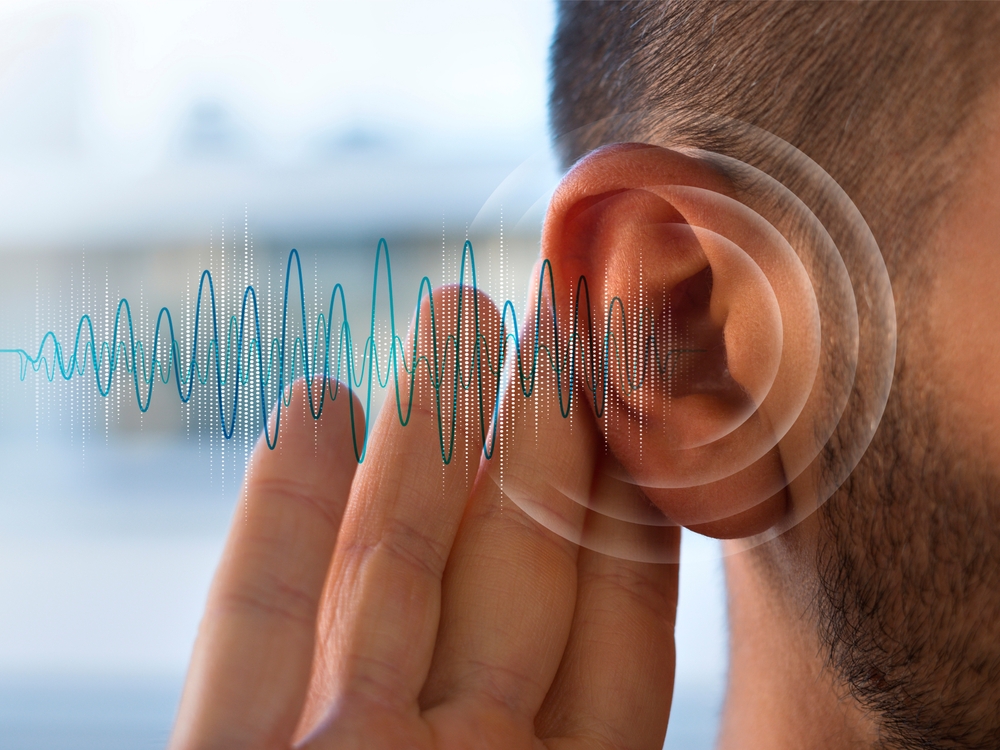Scientists have learned almost everything they know about the human body by studying animals first. Before we had cataract removals, cochlear implants or knee replacements, researchers performed tests on fuzzy creatures like mice. They needed to know, first, do these procedures work? Second, are they safe?
Today the chinchilla, a large rodent from South America, is helping researchers learn more about how people hear.
How sound waves move through space
Sound is a very interesting kind of wave. Unlike light, which is also a wave, when sound hits something solid like a wall in your home, some of the waves travel through the wall. That’s why you can hear a TV on in the other room while you sleep even if the door is closed.
Some of the sound waves bounce off the wall. That’s why we have echoes. It’s also why some rooms have what we call “acoustics” in a room. Some of the sound waves hit your ear directly. Others are bounced off things, influencing how you might hear a cello melody in a concert hall.
Some of the sound waves are absorbed by the wall. That’s why soundproof rooms can block sound.
And some sound waves are deflected around the wall. Think of how that TV sound might slip under a closed door.
Each of these influences how we hear a sound. Now, think of this in miniature. That’s what scientists want to see with the help of these furry rodents.
How chinchillas further hearing research
Scientists have invented a device that can turn sound waves into a picture. This allows researchers to watch with their eyes how sound actually moves through space. By using this device on the chinchillas, researchers can see how the ear is processing the sound waves. This could one day lead to better hearing loss treatments.
In addition to looking at the waves, the devices include something similar to an advanced CT scan to get real-time, high-resolution images of the inside of the ear as it’s processing these waves. They can then measure how even the tiniest of a whisper is processed by the ear.
They call this process OCT vibrography.
Chinchillas have been chosen for this study because, believe it or not, their ears are very similar in size and structure to the human ear.
Why seeing frequency is so important
Sound waves move through space in different frequencies. A frequency is what it sounds like. It’s how close the waves are together – how frequent they are. In this study, researchers are testing different frequencies on the chinchilla ears and watching how those ears respond to each one.
Each type of sound has a set of frequencies that make up that sound. Your brain learns to interpret these frequency combinations. It can then distinguish between a dog’s bark and a car horn. These complex frequency combinations are sometimes called “signatures” because each one is unique.
Did you ever wonder why you may have trouble hearing your spouse’s voice from the other room but you can hear the low rumble of a truck as it passes your house? Why do you understand some words perfectly while others sound distorted? This is because you’ve lost your ability to hear some of the frequencies and are able to hear other frequencies really well.
This happens to most people little by little as they age.
This loss of certain frequencies changed the combination that your brain “thinks” it hears. It’s why you may be hitting your head against the wall sometimes when you misunderstand certain words.
How this study could impact future hearing loss treatment
Scientists can learn how the chinchilla ear responds to different frequencies to “map out” the inner ear. Then one day, your hearing specialist could use a similar device to “map out” your ear in the office. This hearing professional could see which frequencies you can’t hear.
With this knowledge, they could create a customized hearing profile. They could then use this unique hearing profile to very precisely program your hearing aids to compensate for that lost frequency.
Hearing aid technology has progressed in leaps and bounds over the past decade. This would be yet one more major advancement in this amazing technology. We look forward to seeing this research continue into human trials that may lead to in-office use in the future.



